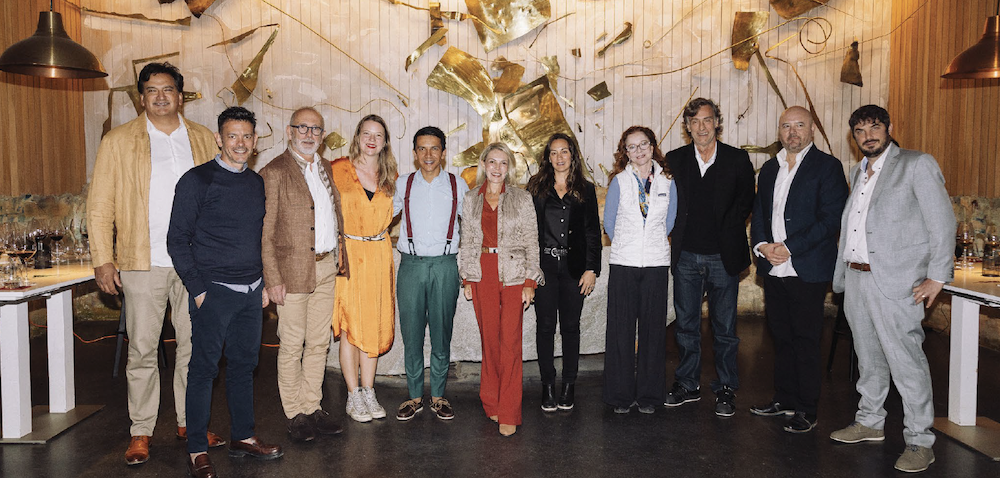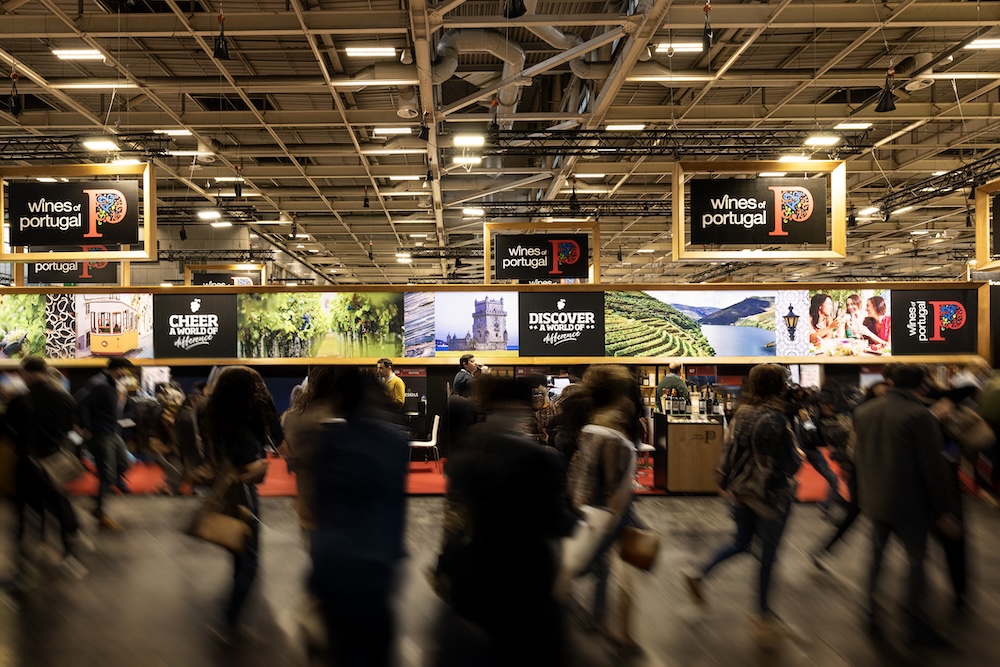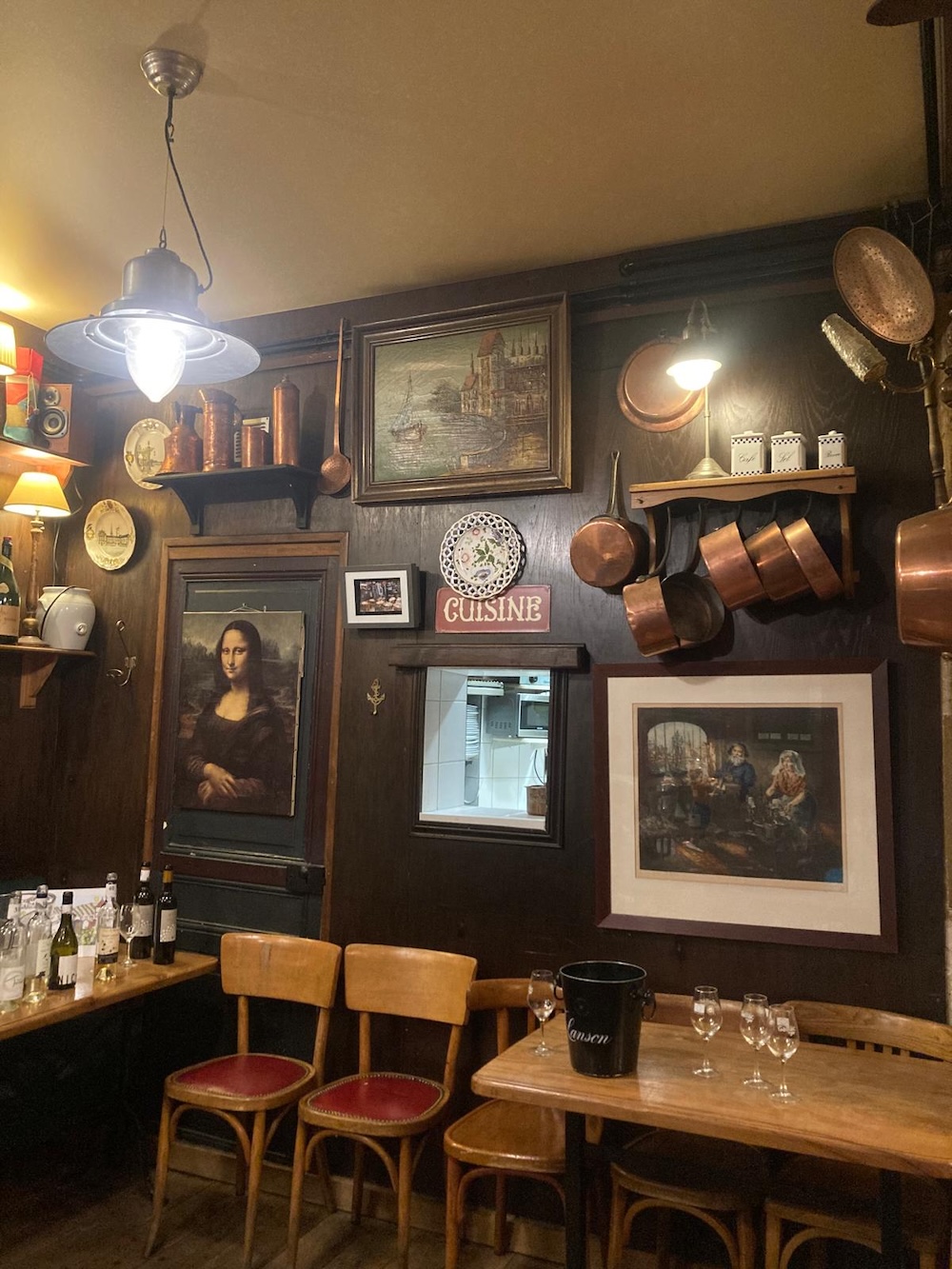
Discovery

Discovery
By Isabelle Escande – Photographs: Courtesy of the estates, posted on 29 April 2024
Last February, over 150 Portuguese exhibitors took part in the fifth Wine Paris & Vinexpo Paris, underscoring just how significant Portugal has become in the international wine arena. Long focused on their domestic market, the country’s wine producers have garnered global acclaim and exports have risen accordingly. Frederico Falcão, chairman of Wines of Portugal, along with representatives from three Portuguese companies explain how this small wine revolution came about.
Frederico Falcão and the winegrowers we met concur that there are several reasons behind booming Portuguese wine sales, but that the decision by producers over the past few years to embrace a more international style – without compromising on their inherent character – has made all the difference. Producers have begun crafting wines in a more modern style without turning their back on their 250-plus native grape varieties – which certainly leaves plenty of scope for exploration. Neither have they shunned their time-honoured tradition of blends and other winemaking techniques, nor forgotten to showcase the extensive variety of Portuguese vineyard sites or terroirs, which can only be good news.
Paula Gamba from the marketing department of Douro company Vicente Faria – whose history spans an impressive two centuries – confirms that the winery has introduced no new grape varieties over the past few years. It has always focused on native varietals to craft its famous Port and dry wines. For the reds, these are Tinta Roriz, Touriga Franca, Touriga Nacional, Trincadeira, Tinta Barroca and Tinto Cão, complemented by Loureiro and Arinto for the whites. Changes, however, have occurred in terms of selection – quality vines are carefully identified and the fruit is meticulously selected to produce wines showing outstanding character. The same painstaking attention to detail is applied in the winery, where the wines are fermented at controlled temperatures and maturation programmes are thoughtfully curated, for example.
“The wines are more fruity and elegant and are a better match for the needs of foreign consumers”, explains Gamba. So much so that the company currently exports 95% of its wines – a fairly rare occurrence – primarily to countries such as the United Kingdom, the United States, Belgium, Switzerland and Poland. “Domestic consumption remains high, despite a saturated marketplace”, adds Gamba. That’s because “Portugal is the country with the highest per capita wine consumption in the world”.
Winemaker Vicente Leite de Faria, the seventh winegrower in the family, is currently tasked with producing Vicente Faria wines. He draws on the expertise he has garnered since childhood, with his grandfather on the steep hillsides of the Douro Valley, and from studying in Bordeaux to craft delicious pours that appeal the world over, and whose quality is endorsed by the multiple awards bestowed on his wines over the years.


In order to make headway outside of national borders, Portuguese winegrowers have had to redouble their efforts at every level, from producing the wines to sales and marketing. Sofia Costa, export manager with Caves Campelo, stresses that over the past few years they have invested significantly in order to make a name for themselves in foreign markets, mainly by ramping up their attendance at the major international wine fairs. This has enabled them not only to secure greater visibility, but also to gain a “broader vision of international trade and the drinking habits specific to each market. Consequently, we have tailored our wines to a more cosmopolitan style. We have also adapted not only the image of our wines, but also our range of products”.
The Barcelos-based company, located in the Vinho Verde region, now exports between 75 and 80% of its wines which grace tables across Europe, but also in China, the United States and Canada. Although domestic consumption is holding up, claims Costa, the company has set its sights on exports which continue to gain traction. It markets its famous fresh, very lightly sparkling wines – on which the region’s reputation is based – along with wines from Alentejo in South-East Portugal, the Douro Valley, Dão, Tejo and Lisbon.
The specific features of every region are invariably showcased because losing regional identity is not an option, claims Costa. Adapting to change also implies the ability to protect one’s heritage. The winery therefore only works with native grape varieties like Alvarinho which delivers floral and citrus aromas and lends the wine beautiful minerality. Another example is Loureiro, which instils refreshing acidity in the wine. The choice of varietals is both an advantage and a challenge, admits Costa, because “although it is a differentiating factor, it requires extra effort to raise awareness of Portuguese wines”.



Another aspect that factors into the current popularity of Portugal’s wine industry is undoubtedly the financial side. Fábio Vieira, the export manager at Bacalhôa, agrees: “The outstanding value for money of Portuguese wines has helped boost exports”. Portugal now sells remarkable wines at very competitive price points, which knock the spots off those of neighbouring countries.
That doesn’t mean it compromises on quality. This is especially true of Bacalhôa which has always realised that to establish a pedigree in export markets, you have to rank alongside internationally renowned wines. For many years it has focused on technological innovation and a robust team of professionals with proven skills to further its commitment to excellence. To expedite its presence in international markets, though, it has not changed the style of its wines, points out Vieira, because the company “was already marketing one range of wines in a modern style and another more classically styled portfolio, thereby spanning the spectrum of demand.
The company has a foothold in several famous Portuguese wine regions, producing wines in Alentejo, Setúbal Peninsula, Bairrada, Beiras, Dão and the Douro. Although Port and Madeira continue to be the most highly represented on the international stage, “wines made from native grape varieties are now increasingly in demand”, stresses Vieira. That’s a blessing for Bacalhôa which grows primarily indigenous grapes, although it does have some Cabernet-Sauvignon, Merlot, Chardonnay and Syrah plantings. Recently, it has introduced the Italian variety Greco and planted significant amounts of Pinot noir to produce world-class sparkling wines. The same quality focus has also led it to develop an interest in the native Baga grape variety which is due to be used for the first time during this year’s harvest. Another new release this year is a wine made entirely from vineyards planted in 1931 that has now been bottled and is ready to be launched, underscoring the company’s relentless quest for perfection.




Discovery

Discovery

Discovery